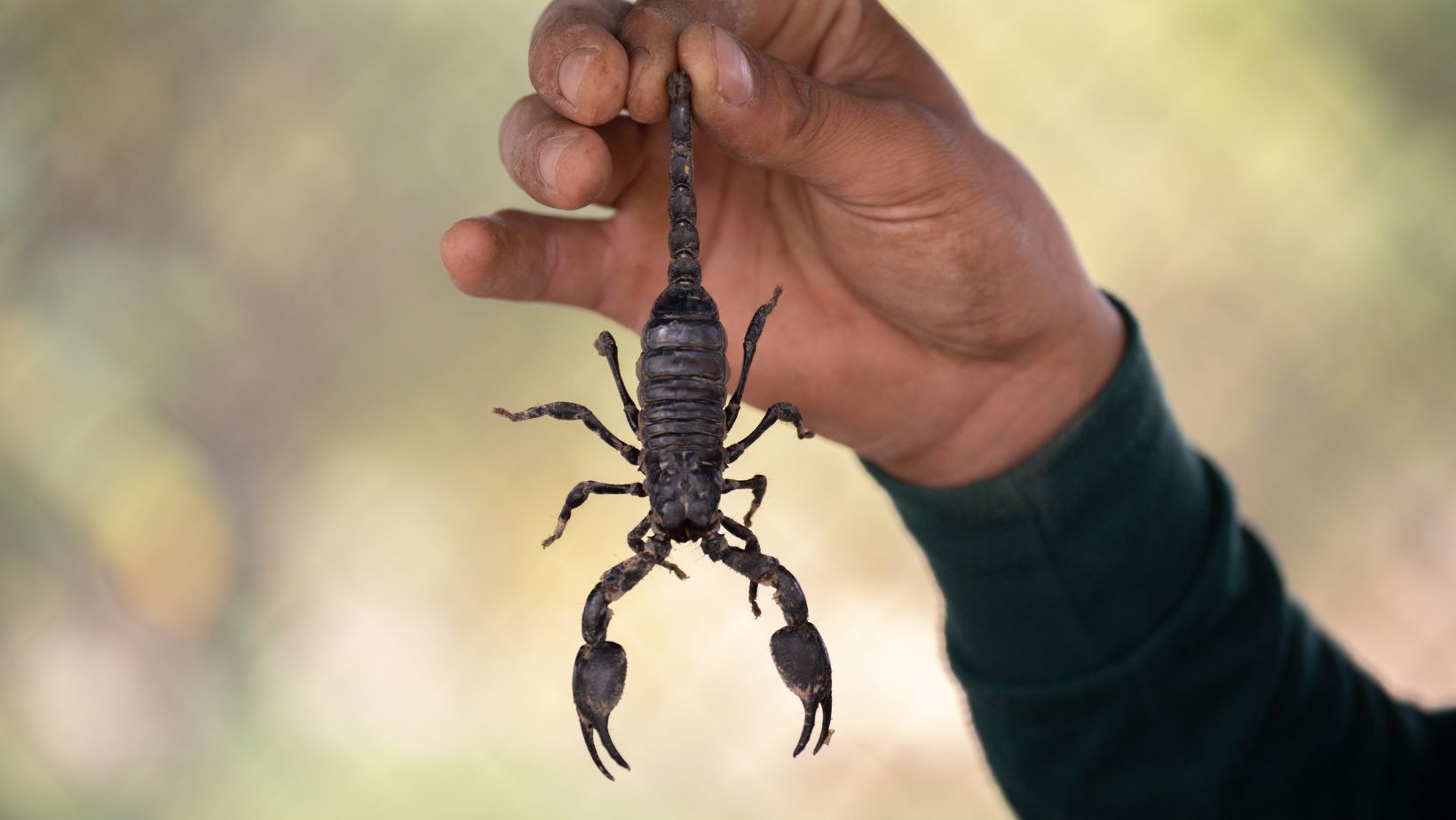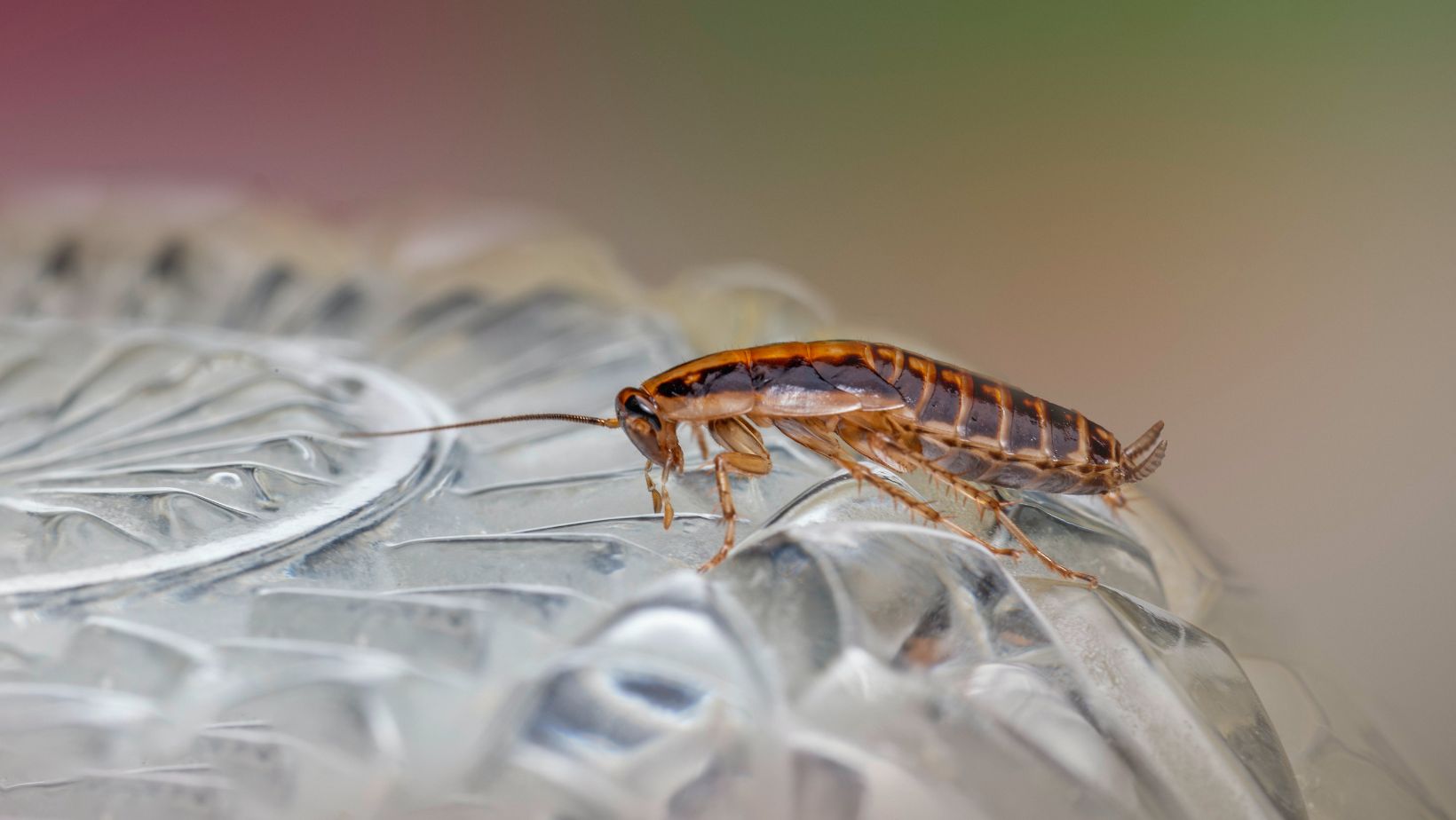In recent years, biological pest control has gained serious traction as a smart, sustainable alternative to chemical pesticides. As more people worry about the impact of synthetic chemicals on their health, their food, and the environment, farmers, gardeners, and even city planners are turning to nature for answers. And honestly? It’s about time.
Let’s take a deeper dive into what biological pest control really is, how it works, and why it’s becoming one of the most trusted strategies in modern agriculture.
What is biological pest control?
Biological pest control is a method of managing pests—think insects, mites, weeds, and plant diseases—by using their natural enemies. These “enemies” might be predators, parasites, or pathogens that occur naturally or are introduced to control pest populations.
Instead of spraying crops with chemicals, you’re letting nature run its course—just with a bit of human help. It’s like bringing balance back to the ecosystem, only faster.
For example, ladybugs are famous for munching on aphids. So, if aphids are attacking your tomato plants, releasing ladybugs can help fix the problem without harming the soil, water, or non-target insects like bees and butterflies.
Why is it gaining popularity?
Chemical pesticides have long been the go-to for pest control. But with rising concerns about pesticide resistance, environmental damage, and food safety, the search for greener, more sustainable solutions has ramped up.
That’s where biological pest control methods come in. They offer an effective, long-term solution that doesn’t disrupt ecosystems or harm beneficial species.
Plus, the demand for organic produce is growing fast. Farms that want to go organic—or stay certified—often need reliable alternatives to synthetic treatments. Biological control offers just that.
The main types of biological pest control methods
There’s no one-size-fits-all approach when it comes to biological control. The method you choose depends on the crop, the pest, and the environment. Here are the three main categories:
1. Classical biological control
This is the OG strategy. It involves importing a pest’s natural enemy from its native habitat to control it in a new environment. Once released, the control agent can reproduce and spread, keeping the pest population in check long-term.
One well-known example is the introduction of Rodolia cardinalis, a ladybird beetle, to control the cottony cushion scale in California citrus orchards. That happened in the 1880s—and it’s still considered a landmark success in agricultural history.
2. Augmentative biological control
Here, natural enemies are mass-reared and released at strategic times. You might release them just once (inundative release) or repeatedly (inoculative release) throughout the season.
This method is especially common in greenhouse operations, where conditions can be carefully controlled. It’s often used to manage whiteflies, spider mites, and fungus gnats.
3. Conservation biological control
Sometimes, the best way to fight pests is to support the enemies they already have. That’s what conservation biological control is all about—protecting and encouraging beneficial organisms by creating the right habitat for them.
You might plant flowering borders to attract pollinators and predators or reduce pesticide use to avoid harming helpful species. It’s all about letting nature do the heavy lifting.
Real-world applications beyond agriculture
While farms are the most obvious place to use biological pest control, the approach is finding its way into urban spaces and home gardens too.
In cities, for instance, public parks and green roofs often rely on these eco-friendly methods to manage pests without endangering pets, children, or wildlife. At home, savvy gardeners are using beneficial nematodes to tackle soil-borne pests and keeping aphids in check with lacewing larvae.
Even vineyards, golf courses, and turf farms are exploring biological pest control methods as part of integrated pest management (IPM) strategies that combine multiple tools for smarter, more sustainable results.
Biological pest control benefits
So, why all the buzz around biological pest control? Here’s what makes it so appealing:
- Eco-friendly: No toxic runoff, no residue, and no harm to non-target organisms.
- Sustainable: Once established, natural enemies can provide long-term control.
- Cost-effective (in the long run): While the upfront costs may be higher, the long-term savings on chemicals and crop losses often outweigh them.
- Reduces resistance: Pests don’t develop resistance to predators the way they do to pesticides.
- Supports biodiversity: A more balanced ecosystem is better for everyone—plants, animals, and people alike.
Challenges and what to keep in mind
Of course, biological pest control isn’t perfect. It takes time, knowledge, and a certain level of trial and error. Sometimes, the natural enemies don’t establish well. Other times, the pest population rebounds faster than expected. And there’s always the risk of disrupting native species if control agents are not chosen carefully.
That’s why it’s important to work with trained professionals and use data-driven approaches. Understanding local ecosystems and tracking results over time are key to making biological control work effectively.
A smarter way forward
At its core, biological pest control is about working with nature, not against it. It’s a mindset shift as much as a technique—one that values long-term health over short-term convenience.
Whether you’re managing a large farm or tending to a backyard garden, embracing biological pest control methods can lead to healthier crops, safer food, and a more resilient planet. And really, isn’t that something worth growing?

